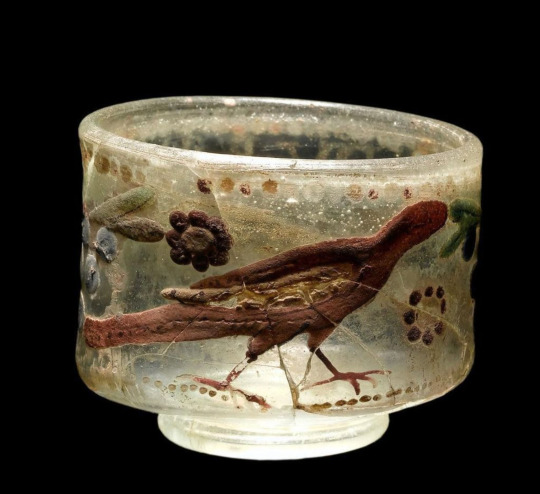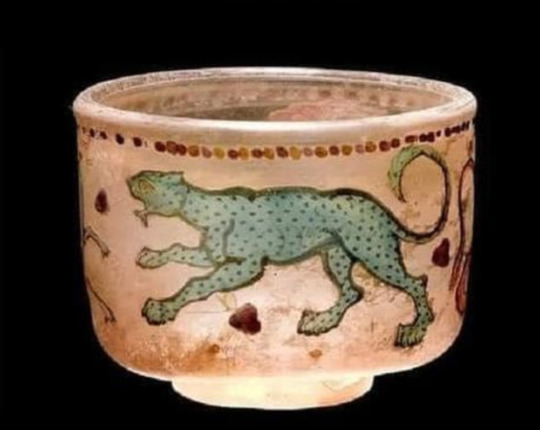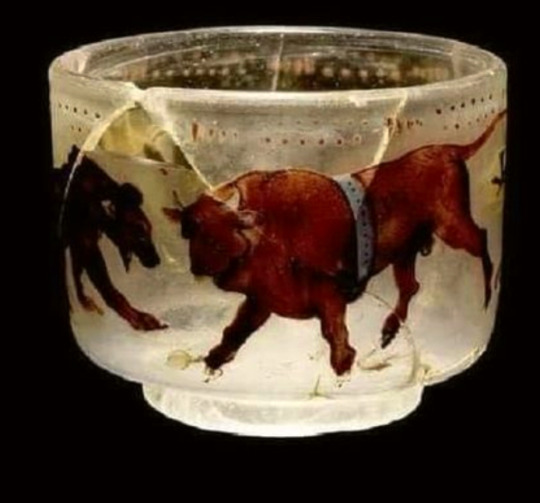Photo

Urartu Religion
The religion of the Urartu civilization, which flourished principally in ancient Armenia from the 9th to 6th century BCE, was a unique mix of indigenous, Hurrian and Mesopotamian gods and symbolism. The pantheon was headed by the trinity of Haldi, Teisheba, and Shivini, who were the principal beneficiaries of sacrifices and temples built in their honour. Inscriptions, dedications and representations in art are all a testimony to the importance of religion in Urartu culture and especially to warfare.
The Urartu Pantheon
The gods of the Urartu religion were many, but they are handily listed in a 9th-century BCE inscription discovered in a niche in the mountains near the capital Tushpa (Van). The list, inscribed in duplicate, mentions 79 gods and the various sacrifices which should be made to each. The large number of deities may be explained by the fact that the Urartu religion adopted gods and practices from the Hurrians and other Mesopotamian cultures, which were mixed with indigenous Urartian gods. In addition, a feature of Urartu territorial expansion was the assimilation of local gods into the official pantheon of the conquerors. Many of these local gods were totems and represented such important elements or prominent natural features as water, earth, the sun, mountains, caves and trees. Still other deities were related to ancient animalistic beliefs.
The three most important Urartu gods were Haldi (Khaldi), god of war and the supreme deity, Teisheba, the god of storms and thunder who was likely based on the Hurrian god Teshub, and Shivini, the Sun god, who was often represented as a kneeling man holding a winged solar disk, and therefore likely inspired by the Egyptian god of the same association, Ra. Haldi’s consort was Arubani (or Bagmashtu in the eastern part of Urartu, notably at Musasir/Ardini), the most important female goddess; Teisheba’s consort was Huba (aka Khuba), and Shivini’s was Tushpuea (aka Tushpues). The close cultural relations between Urartu and Assyria are again illustrated by the Urartian application of the Assyrian ideograms for the gods Adad and Shamsh to their own gods Teisheba and Shivani respectively.
Other important gods include Sielardi, the moon goddess, Epaninaue, the land goddess, Dsvininaue, a sea or water goddess, Babaninaue, the goddess of mountains, and Sardi, the star goddess. Most towns were given their own local god or goddess who was often named after the settlement, e.g. “the god of the town of Kumanu”. The most famous examples of such naming conventions were the capital Tushpa named after Tushpuea and the important city of Teishebaini, founded and named after Teisheba by king Rusa II (r. c. 685-645 BCE).
Continue reading…
109 notes
·
View notes
Photo

Maya Religion & Culture
Maya religion and culture is among the most advanced and sophisticated of the Pre-Colombian Americas as evidenced by the ruins of their great cities and what remains of their writings after most were burned by the Spanish in 1562. The Maya continue to live in the same regions today as in the ancient past.
This collection presents a brief survey of some of the most significant aspects of the ancient Maya Civilization.
Continue reading…
111 notes
·
View notes
Text
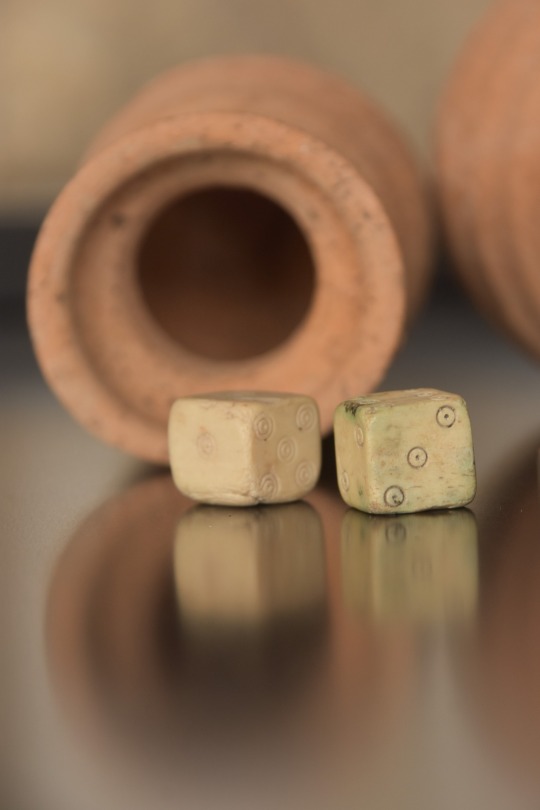

Dice found in Pompeii
Photos: Pompeii-Parco Archeologico
493 notes
·
View notes
Photo
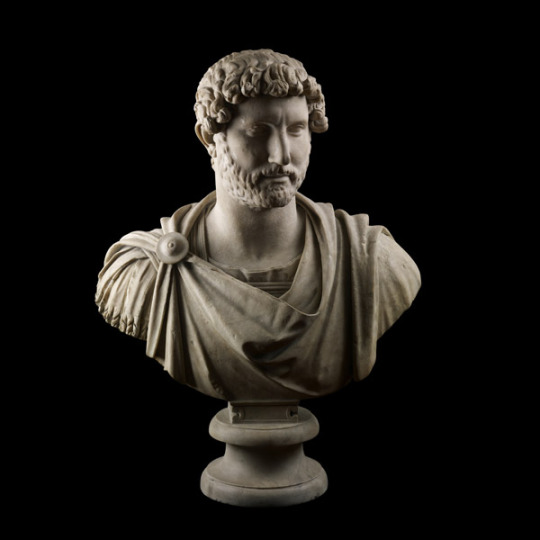
Marble bust of the emperor Hadrian wearing military dress
AD 117-118
From Hadrian’s Villa, Tivoli, Lazio, Italy
British Museum
106 notes
·
View notes
Text

Roman relief fragment depicting the goddess Diana, 2nd century.
State Hermitage, Saint Petersburg.
470 notes
·
View notes


